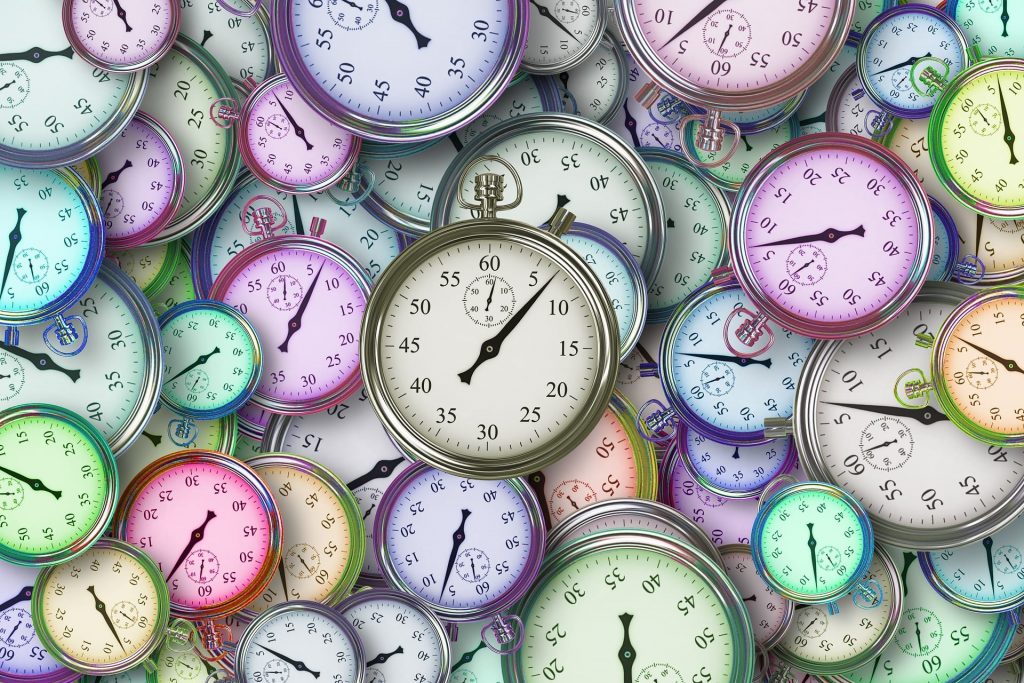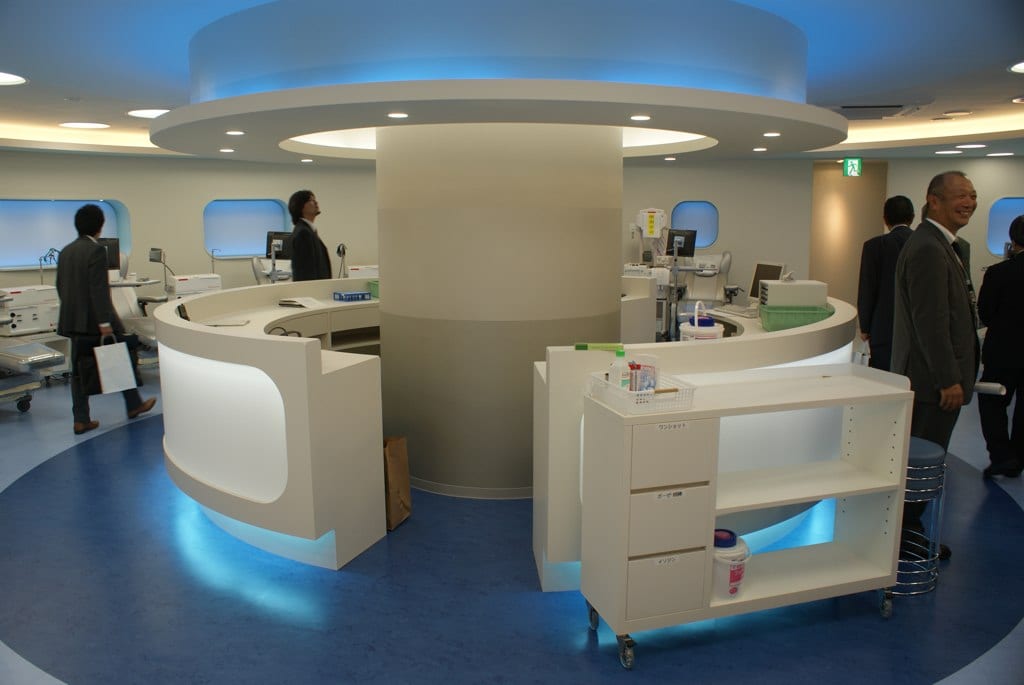
Whose clock are you on?
Customer journey designs ignore the customer clock at their peril
Unless you’re afflicted by a particular neurosis you probably don’t spend every minute of the day counting down the time to your demise and wondering how you’re going to spend it. Yet time-efficiency and utilisation are beloved of management consultants, personal growth coaches, line managers and productivity experts the world over.
But often we’re using the wrong clock.
In the last week I’ve had two very personal examples of whose clock I’m on. Regular readers will know I’ve been a customer of St George’s Hospital in south-west London for more times than I would prefer to have been this year. Most of the time I’ve had some great experiences – under the circumstances – but my most recent visit caused me to reflect, not on mortality as much as time-efficiency.
Oh doctor, I’m in trouble
Following a routine day surgery procedure to correct a cardiac arrhythmia problem, I awoke in the middle of the night a few days later with a severe pain in my chest. Not, I was glad to notice, anywhere near my heart, but causing me some breathing difficulties. Following a few hours snatched sleep I embarked on a customer journey that went something like this:
08:00 Book same-day GP appointment online
09:15 GP appointment
10:00 Ambulance to hospital
10:20 Accident and emergency department – blood tests and electrocardiograms
11:50 Chest x-ray
12:05 moved to acute medicine unit
14:00 First meeting with doctor
15:30 Meeting with doctor and consultant – diagnosis and treatment
16:00 More tests
17:15 Medication delivered by pharmacist
18:00 Travel home
18:45 In my sick-bed!
A journey that lasted over 10 hours to diagnose and commence treatment of what appears to be a lung infection, most likely picked up on my first visit.
Every touch point in the journey was excellent – there were many others not documented that were also very good – but there was a lot of time in between them.
Always crashing in the same car?
Experience number two: I’m lying in bed the following afternoon when my wife phones to tell me she’s damaged the car – and two others – in a car park about two miles from our house and it can’t be driven. Another – longer – customer journey kicks off:
Friday
14:30 My wife calls our insurers and speaks to a very helpful and reassuring person on the other end of the phone at Admiral
15:15 My wife returns home – a lift from one of the other drivers, proving that the world is full of kind people, even if you scrape their cars
16:15 Call from recovery firm to confirm details for picking up the car
16:40 Call from recovery driver to ask where the car key is
16:50 Taxi to car with key
Saturday
08:30 I call the repair workshop – would it be possible to pick up a courtesy car? Apparently, the car hadn’t yet been delivered by the recovery firm and would most likely be on Monday and a courtesy car couldn’t be made available until the damage had been assessed.
Monday
14:00 I call the workshop again.
“Yes, the car was delivered about 40 minutes ago so they’re doing the assessment”
“So, can I come over and pick up a courtesy car?”
“It takes about 48 hours to submit the assessment and have it approved, then we can let you have a courtesy car.”
14:15 I call the insurers to make the point that this is stretching the definition of courtesy a little bit but also, since I’m an accommodating sort of person, to say that we can manage without a car until Wednesday morning so if they could compress the 48 hours that would help. They call the garage who agree to provide the estimate by Tuesday p.m. All happy(ish) – for now.
Clocking off
There are two clocks in operation in my examples: a customer clock, representing my preferred time for the journey and a supplier clock representing when I’m not in control of the time the journey takes. In my healthcare journey, once I had made my booking and arrived at the doctor’s surgery I had pretty much ceded control to the various suppliers. In my car insurance example, we were in control of some elements (getting the key back to the car) but the overall – and rather unsatisfactory – timing of at least 4 days to become mobile again is predominantly dictated by the other actors in the process.
Any customer of the UK’s National Health Service (NHS) is accustomed to delays: in my case I had written off the day (and a few following it as it turned out) so although the waiting was tedious, I was aware that there were other higher priority cases using the resources. (This, incidentally, is one of the characteristics of a service owned by the public: you feel a bit of “we’re all in this together” and make allowances.)
Customers of insurance companies could, however, get a much better service. I have made a note of the difference between a hire care (provided by the insurer and available immediately on some policies) and a courtesy car (provided by the repairer and only after establishing that the car isn’t a write-off). Next time around I will pay more attention to this fine detail when selecting an insurer.
Takt and discretion
The idea of a customer clock isn’t a new one. In Lean manufacturing approaches the idea of “takt time” – literally the “beat” of the customers’ demands for products – is a key one in establishing how a manufacturer’s production line should be optimised. This works if you have customers with reasonably predictable patterns of behaviour like, say, an insurance company, less so if you’re a busy general hospital with a vast range of customers and conditions to service as well as specialised resources responding to multiple demands.
The key thing for suppliers is that, whilst they may have their own timings for the stages in their customer journeys, optimising these may end up sub-optimal for the customer. The tendency is to optimise the delivery of a service, but customers want the delivery of outcomes. In my hospital journey my desired outcome was wellness, or at least a signpost towards it, and whilst the time spent was longer than it could have been (in a world with less demand) it was delivered.
In my insurance example the outcome is “get me mobile again!” and the time taken to deliver it is at least 4 days longer than it could have been. I’ll be making a mental note to check out Direct Line when renewal comes around as their positioning shows them as problem solvers not just insurers.
The closer you can get to understanding the customer’s clock as well as your own, the more likely you are to attract and retain customers.
Footnote:
Six days after the ambulance episode I headed back to the hospital for a check up and was delighted to get through initial checks, x-ray and consultation with the doctor in less than 45 minutes. I barely had time to draw breath – now much easier – between appointments, so proof that when all goes according to plan, the NHS can approach customer time.





